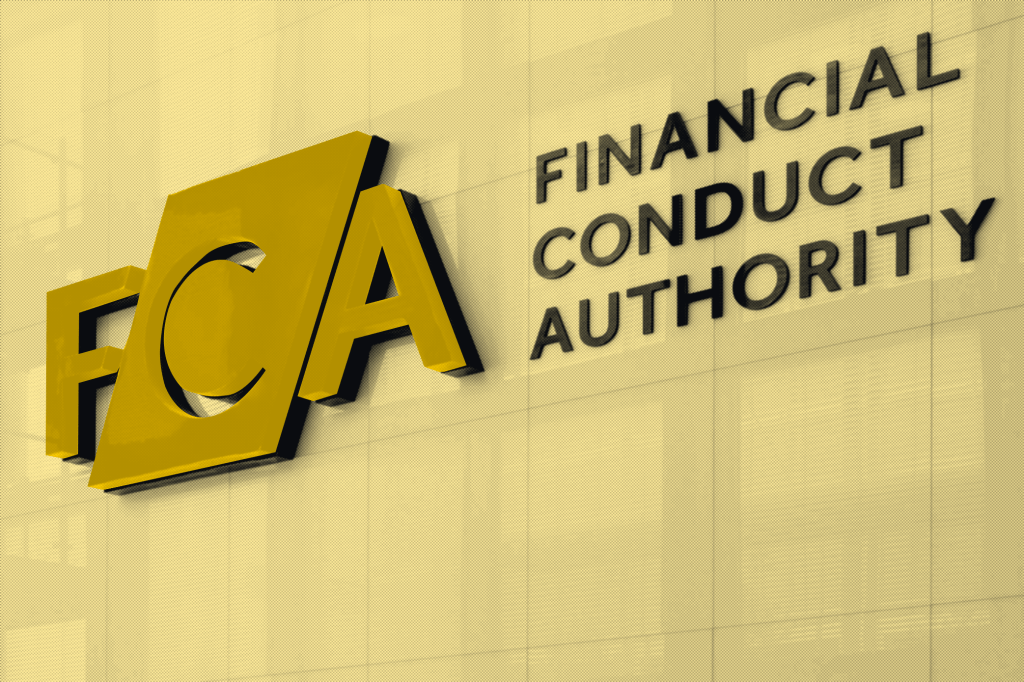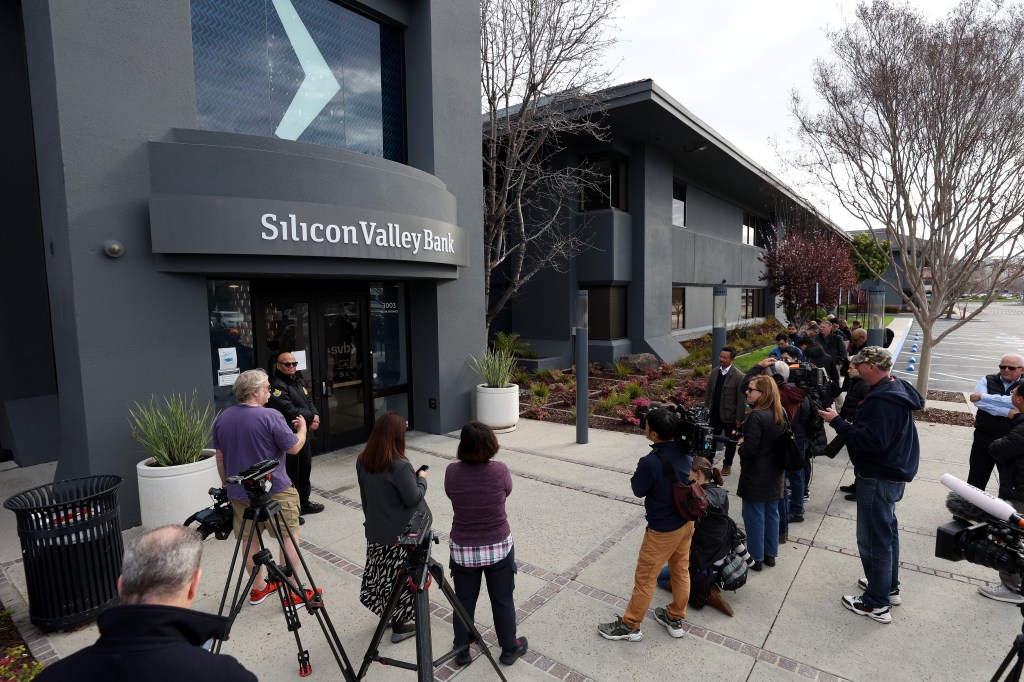Silicon Valley Bank (SVB) was 40 years old and the 16th largest lender in the US. Its downfall took less than 40 hours. Depositors sought to withdraw $42bn in a dizzyingly fast ‘run’ on March 9.
It was one of three US lenders that went under in the same week. The woes experienced
Register for free to keep reading
To continue reading this article and unlock full access to GRIP, register now. You’ll enjoy free access to all content until our subscription service launches in early 2026.
- Unlimited access to industry insights
- Stay on top of key rules and regulatory changes with our Rules Navigator
- Ad-free experience with no distractions
- Regular podcasts from trusted external experts
- Fresh compliance and regulatory content every day

















